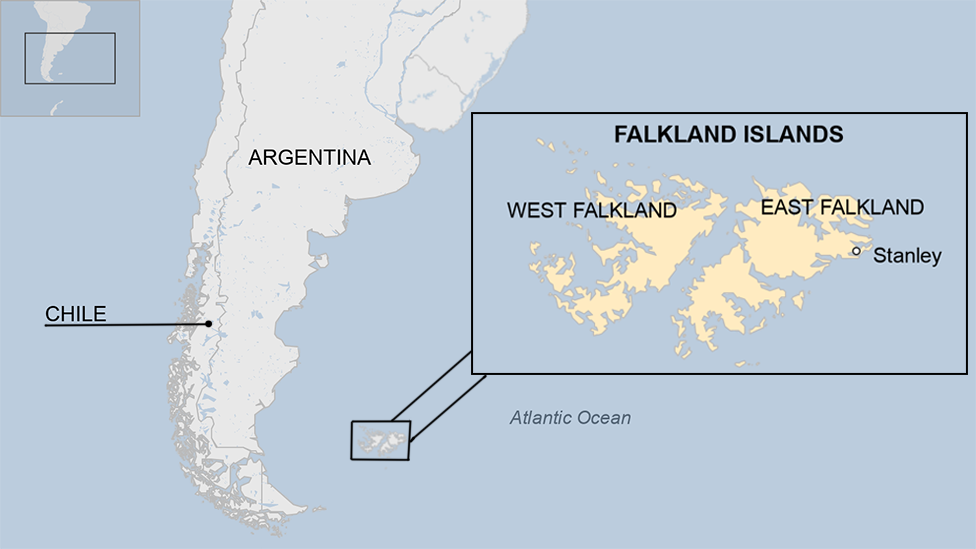St Helena, Ascension and Tristan da Cunha profile
- Published
This page is no longer being updated. It was last updated on 17 November 2023

The remote islands of St Helena, Ascension Island and Tristan da Cunha lie in the South Atlantic Ocean, midway between Africa and South America.
Though far from each other, they form the British Overseas Territory of Saint Helena, Ascension and Tristan da Cunha, a single territorial grouping under the sovereignty of the British Crown.
Much of their history has been influenced by military and strategic interests.
Read more country profiles, external - Profiles by BBC Monitoring, external
ST HELENA, ASCENSION AND TRISTAN DA CUNHA: FACTS
Capitals: Jamestown (St Helena) Georgetown (Ascension) Edinburgh of the Seven Seas (Tristan da Cunha)
Area: 420 sq km
Population: 5,600
Language: English
Life expectancy: 76 years (men) 82 years (women)
LEADERS
Head of state: Charles III, represented by a governor
The territory elects 12 members to its Legislative Council, five of who serve as ministers on the Executive Council, chaired by the governor.
The governor is represented on Ascension Island and Tristan da Cunha by local administrators.
MEDIA

A general view of the Court House in Jamestown, Saint Helena
The islands support local newspapers and radio stations. There are no locally-based TV services.
On St Helena, the US company Cable and Wireless operates the telecommunications infrastructure under an agreement with the local government.
St Helena has two local radio stations; one of them is also relayed on Ascension Island and in the Falkland Islands. Digital satellite TV from South Africa is available.
On Ascension Island, the BBC Atlantic Relay station broadcasts World Service radio programmes to Africa using shortwave transmitters. BFBS - the British Forces Broadcasting Service - and TV services for the US military are available. Volcano Radio carries locally-produced programmes.
On Tristan da Cunha, BFBS TV and radio are available. The island's first internet cafe opened in 2006.
Press
The St Helena Independent, external - published by Saint FM community radio
The Sentinel, external - St Helena, published by South Atlantic Media Services
The Islander - Ascension Island weekly
Radio
Saint FM, external - St Helena community radio; rebroadcast on Ascension and the Falkland Islands
SAMS Radio 1, external - St Helena, operated by South Atlantic Media Services
Volcano Radio - Ascension Island
ST HELENA
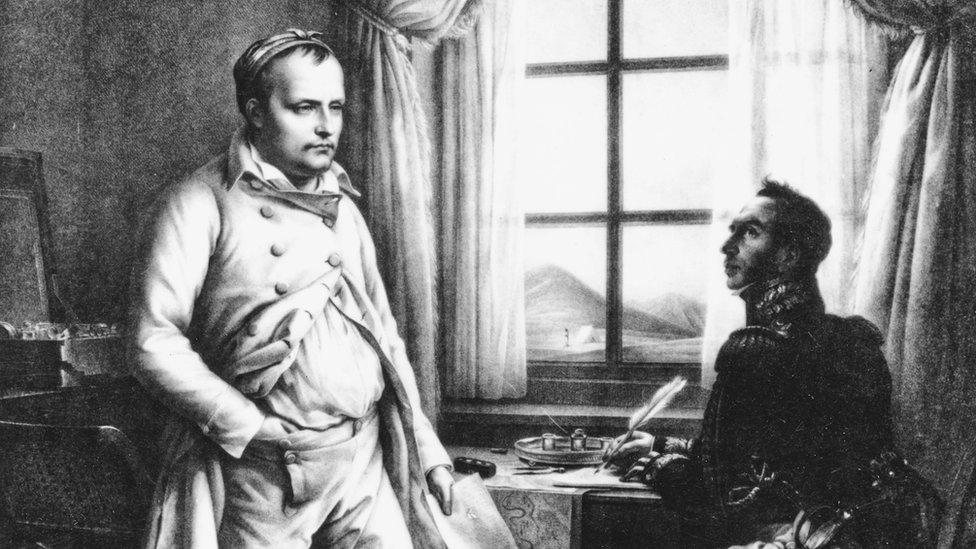
Napoleon ended his days on St Helena
St Helena is probably best known as the island to which French Emperor Napoleon Bonaparte was exiled in 1815 after his defeat at the Battle of Waterloo.
Its inhabitants, known locally as "Saints", are the descendants of sailors, settlers and slaves. The island's economy is dependent on British grants and remittances from abroad.
The British government built an international airport in 2016, hoping to boost the island's self-sufficiency and eventually eliminating the island's reliance on aid. However, the runway is exposed to strong winds which make landing a challenge.
In 2022, after a two-year absence due to Covid, regular flights to Walvis Bay, Namibia, and Johannesburg, South Africa, were restored.
TIMELINE
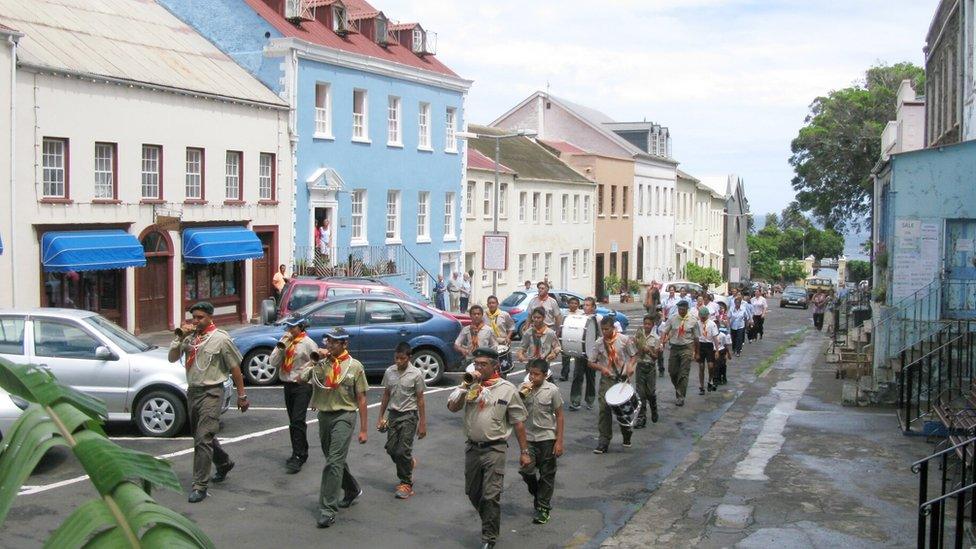
Many residents of St Helena are descendants of sailors, settlers and slaves
Some key dates in the history of St Helena:
1502 - The island is uninhabited when it is first discovered by Portuguese mariners.
1600s - The British East India Company uses the island as a way station for trading ships sailing home from the Orient and is granted a charter to run the island, installing its own governor in 1659.
1815 - Napoleon Bonaparte is imprisoned on the island after his defeat at Waterloo and remains confined there until his death in 1821.
1834 - St Helena becomes a British crown colony.
1980s - Widespread poverty eases with the Falklands War creating job opportunities in both the Falklands and Ascension.
2002 - Britain repeals a 1981 law depriving Saints of full citizenship, prompting a third of its inhabitants to leave the island to live or work elsewhere.
2017 - Safety concerns delay opening of airport which is exposed to strong winds.
ASCENSION ISLAND

Volcanic terrain and aerials, used for both surveillance and transmissions, , on Ascension island
Just south of the equator, Ascension Island is 700 miles from its nearest neighbour St Helena. It is a vital staging post for the UK in the South Atlantic and served as a key logistical base for troops during the Falklands War in 1982.
The island was an important communications and operations centre during both world wars and its Wideawake airfield is now shared by the British and American air forces.
Today, the island is used by the telecommunications company Cable & Wireless for satellite communications; Merlin, which runs a satellite-tracking station for the European Space Agency; the BBC World Service, which has a relay station there and the Composite Signals Organisation, which is part of GCHQ.
The island has a transient population of about 1,000, mainly Britons, Americans and St Helenians involved in the military, telecommunications and satellite tracking.
Britain has expressed the intention of applying to the UN to extend its territorial rights around Ascension Island on the grounds that the island's landmass actually reaches much further underwater. This would give Britain more extensive rights over any oil or gas reserves in the areas.
TIMELINE
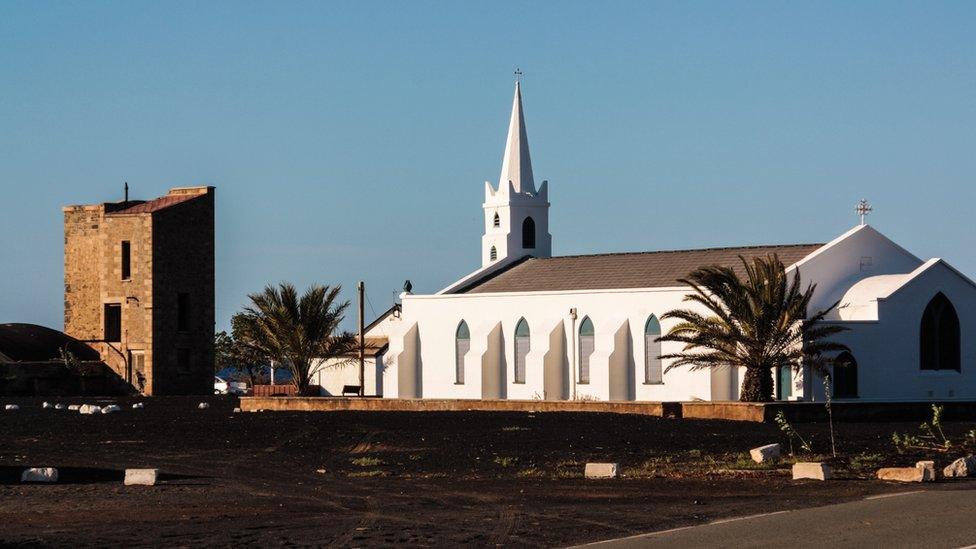
St Mary's church, Georgetown
Some key dates in the history of Ascension Island:
1501 - The island is discovered by Portuguese navigator Joao da Nove Castella but remains uninhabited until the arrival of a British naval garrison in 1815.
1823 - Control of the island transfers to the Royal Marines and it remains under the supervision of the British Admiralty until 1922 when it is declared a dependency of St Helena.
1899-1964 - The East Telegraph Company, now Cable & Wireless, administers the island until 1964.
1943 - World War Two: The US military builds the Wideawake airbase and landing strip and remains on the island until 1947. Post-war, a US military presence is re-established.
1964 - The BBC establishes a South Atlantic relay station and administration of the island transfers from Cable & Wireless to a London-appointed administrator.
1967 - A Nasa tracking station is built to support the Apollo lunar landing programme but closes in 1990 and is replaced by a European Space Agency station.
1982 - Used as a base to support British military operations during the Falklands War. The RAF detachment remains on the island after the war to support the Falklands garrison.
2009 - A new constitution makes the island part of the territory of St Helena, Ascension and Tristan da Cunha.
2016 - Britain announces plans to protect the island's rich marine biodiversity by creating a reserve the size of the UK in the waters around Ascension Island, with just over half of the protected area to be closed to fishing.
TRISTAN DA CUNHA
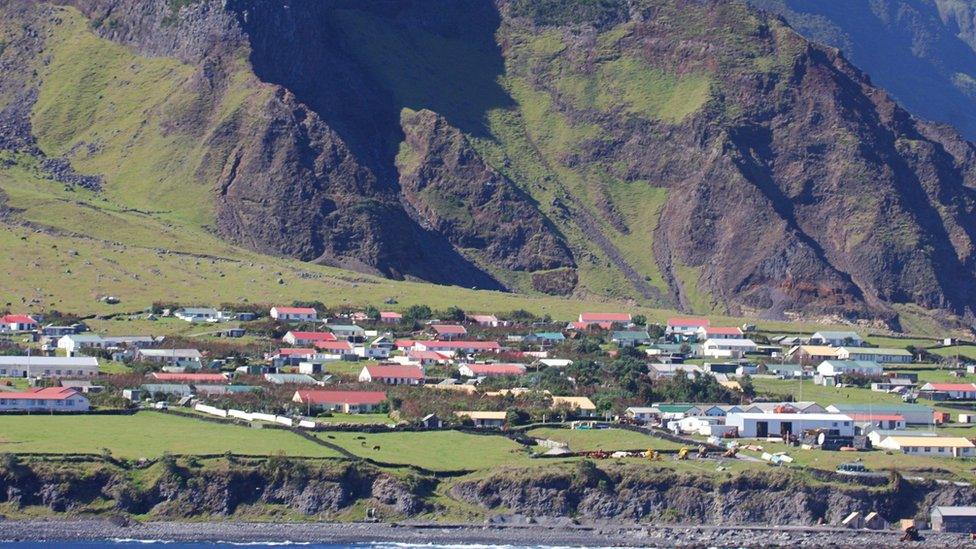
Edinburgh Of The Seven Seas is the only settlement on Tristan da Cunha
Tristan da Cunha was once on the main trading route between Europe and the Indian Ocean. It is now home to 250 residents who live in its only settlement, Edinburgh of the Seven Seas.
Situated 1,514 miles from its closest neighbour St Helena, 1,732 miles from Cape Town in South Africa and 2,434 miles from Montevideo in Uruguay, the remote archipelago includes Inaccessible, Nightingale, Middle, Stoltenhoff, and Gough - which has a manned weather station.
Accessible only by a six-day boat journey from South Africa, its main island is just seven miles in diameter.
Most of its residents are farmers, with cattle among the livestock, and fishing also forms a major part of the island's economy.
TIMELINE
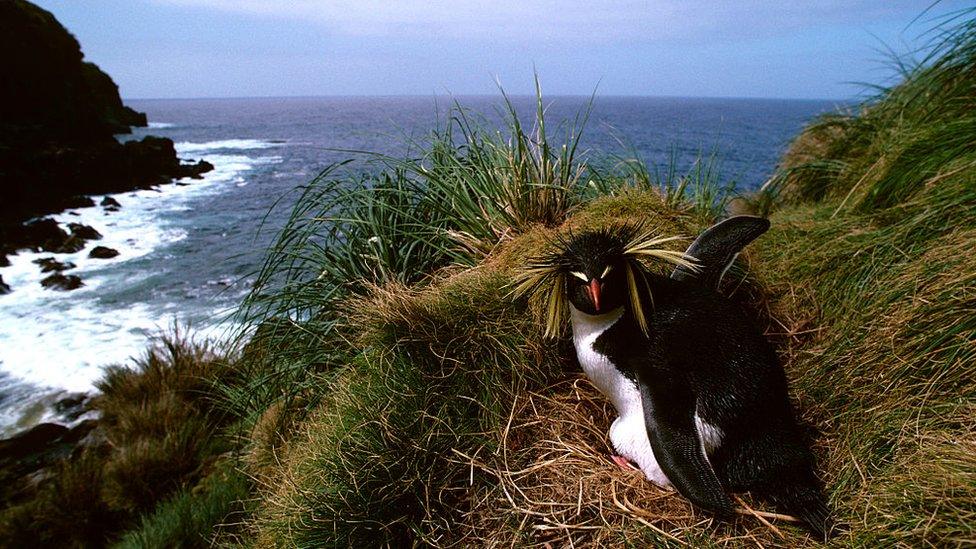
A Northern rock hopper penguin, almost the entire population of the species live on Tristan da Cunha and its dependency, Gough Island
Some key dates in the history of Tristan da Cunha:
1506 - Portuguese navigator Tristao da Cunha discovers the island but it remains uninhabited.
1700s - The island is used as a temporary base by US whalers before the first permanent settlers arrive in the early 1800s.
1816 - The British navy stations a garrison on island during Napoleon's exile. When the garrison is withdrawn a year later, three settlers stay on to become the founders of the present settlement.
1800s - By 1856, there are close to 100 residents and the island begins to prosper, operating as a subsistence economy. The island is used as a way station for ships en-route to South Africa, India, the Far East and Australia.
1875 - The islands are declared part of the British Empire.
1938 - Tristan da Cunha is declared a dependency of St Helena.
1950 - The British government sends its first administrator to the territory.
1961 - A volcanic eruption forces the evacuation of all the island's inhabitants to the UK with the majority opting to return in 1963.
2009 - A new constitution makes the islands part of the territory of St Helena, Ascension and Tristan da Cunha.
2021 - The Tristan da Cunha Marine Protection Zone creates the largest marine reserve in the Atlantic and the fourth-largest in the world.
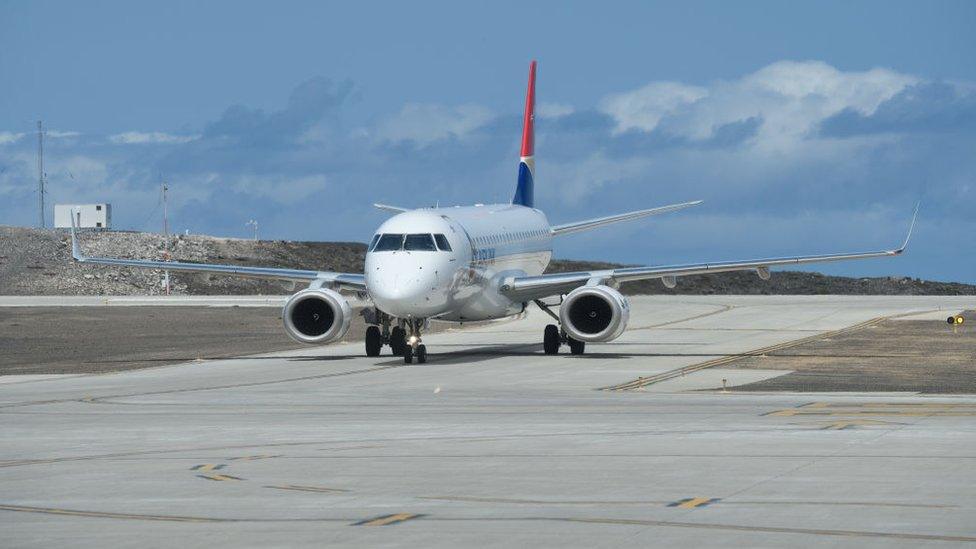
Concerns about strong winds delayed the opening of St Helena's airport in 2017
Related topics
- Published9 July 2024
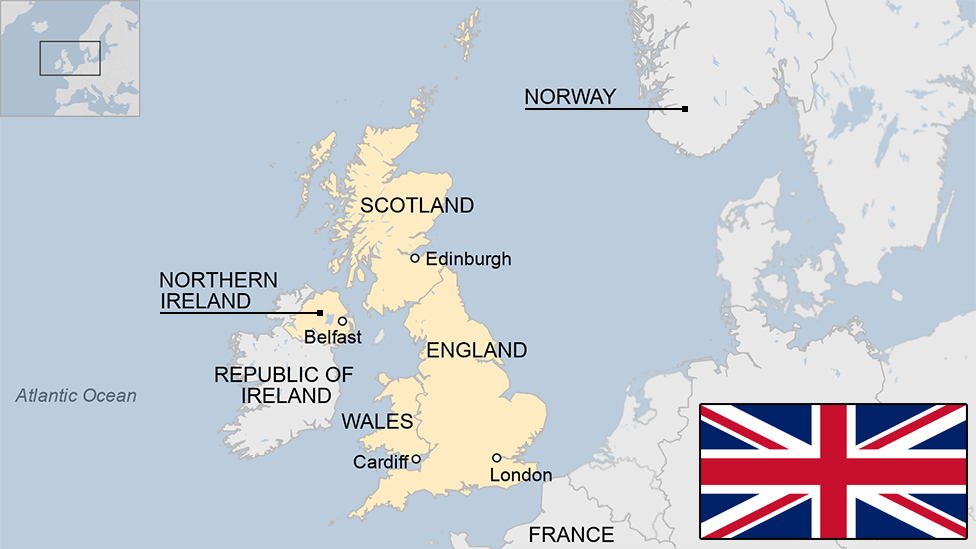
- Published11 September 2023
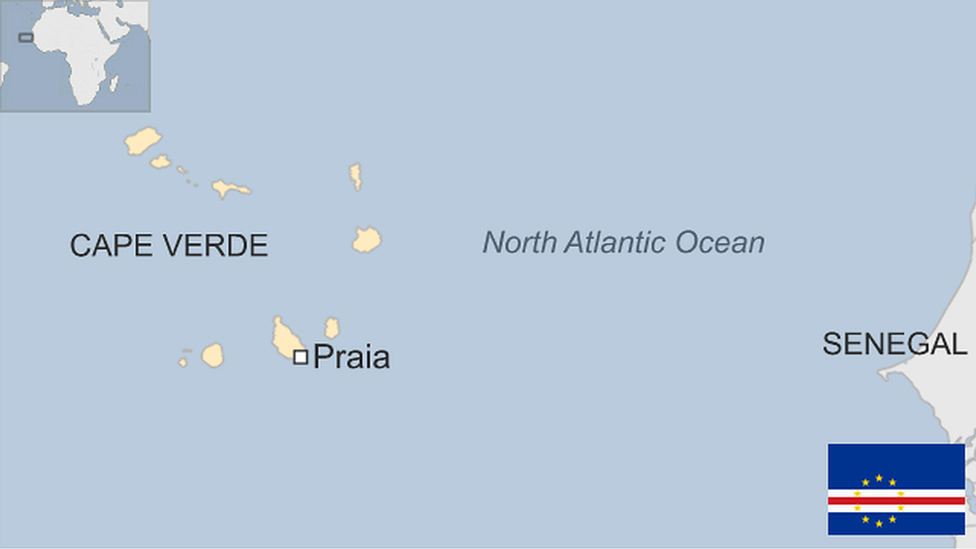
- Published19 July 2023
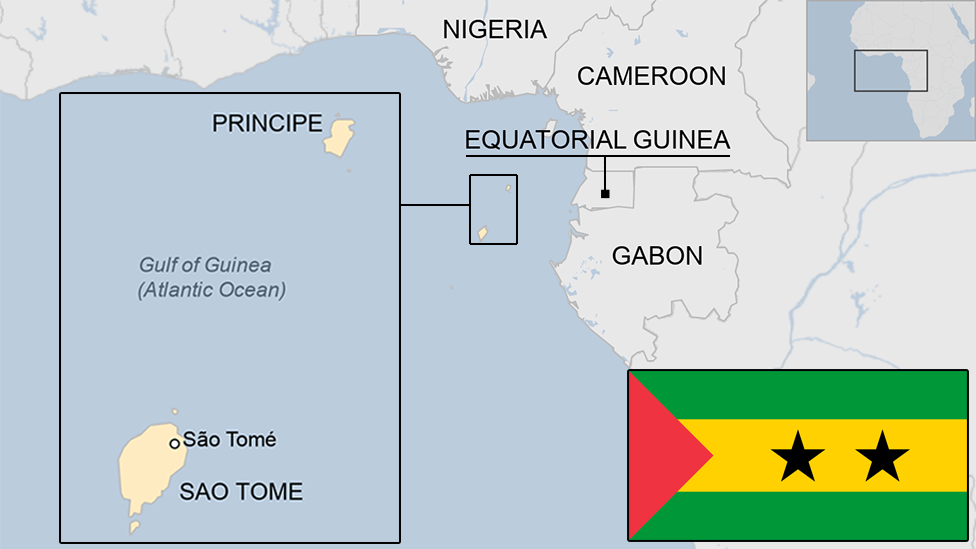
- Published2 June 2023
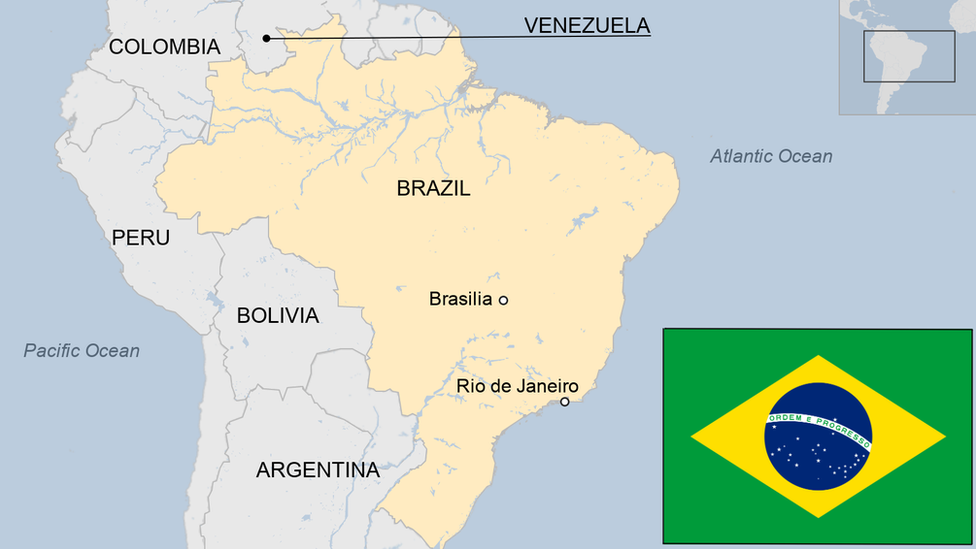
- Published10 December 2024
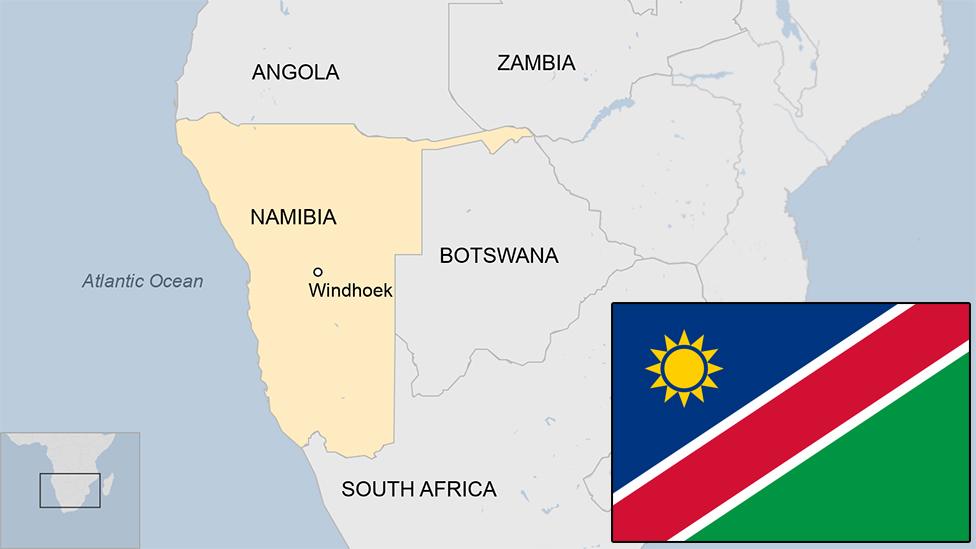
- Published9 July 2024
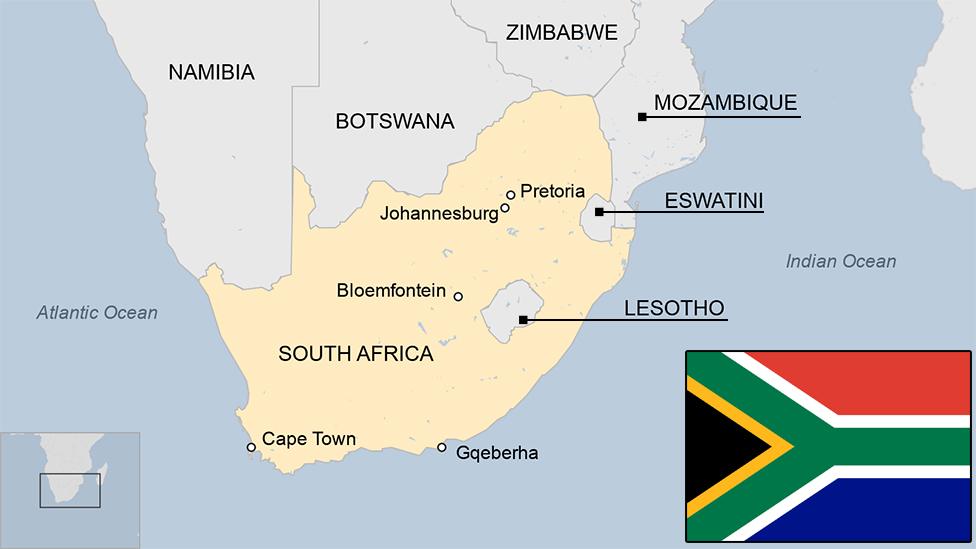
- Published7 September 2023
